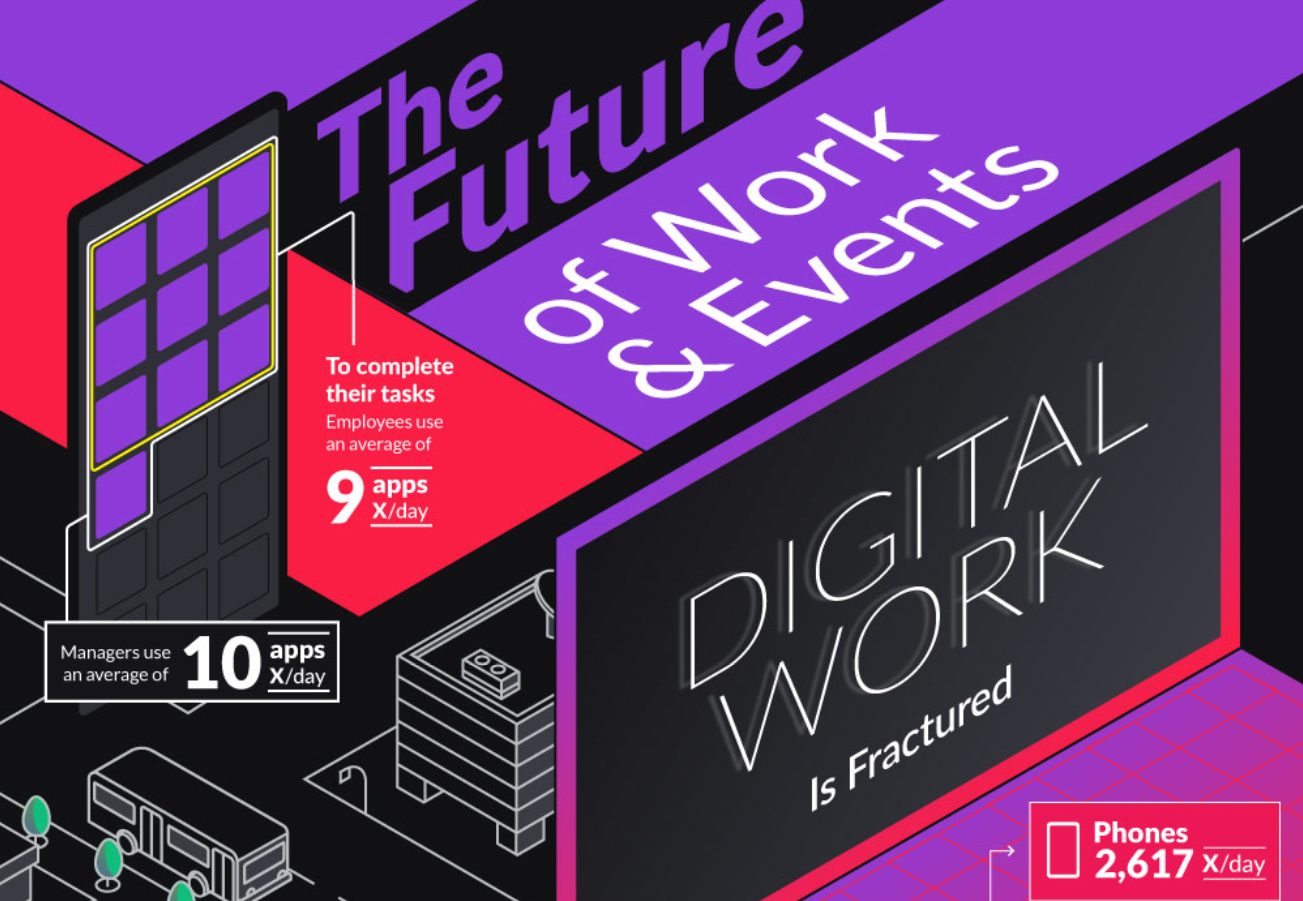Working online and at home has become a norm for many companies since the start of the coronavirus pandemic. However, recent studies have found that remote work can actually have a negative effect on employees, with one of the largest factors being time. In a digital environment, executives are constantly checking emails, notifications, and direct messages to stay updated on their workload. Studies find that employees use an average of nine apps to complete their tasks. This constant switching of applications accounts for a 40% loss in productivity, with each interruption to a task requiring 23 minutes to completely regain focus.
Q2 2022 hedge fund letters, conferences and more
Aside from balancing multiple applications, time is also wasted on video calls as 83% of employees report spending up to one-third of their work weeks in video conferences. This digital interaction is even more stressful on employees, with close-up face-to-face interactions adding to workplace anxiety and fatigue. Nearly half of all virtual employees say that being on camera makes them more exhausted, and the mirror effect of the camera places more stress on one’s appearance.
The Future Of Remote Work
So how do we transform online work into a more productive environment? To combat stress, fatigue, and inefficiency, tech company RedRex has developed an online workspace to better reflect the convenience and personality of an office environment. RedRex recognized that 78% of employees wish to continue working remotely for the rest of their career; but also noticed that one-quarter miss in-person meetings and 49% miss seeing colleagues. As such, the online office space designed for “Web3 communities, online event providers, and startups” has been created to combine the best of both worlds.
According to Redrex, every digital office building has a real-world street address owned in the form of an NFT. Each building has floors with different layouts and user permissions, and each individual room is even more customizable. Rooms can be shared or individual, and a sense of privacy is important with employees ‘knocking’ on closed doors before being allowed to enter.
Rooms have voice, video, and text chats to allow seamless communication regardless of what each person is comfortable with. Digital media such as pictures and videos can be shared within rooms to discuss and change on the spot. Buildings even have a sense of security with each floor having its own security access badge. Overall, RedRex has created a single space to create and communicate that connects employees both online and in-person.














